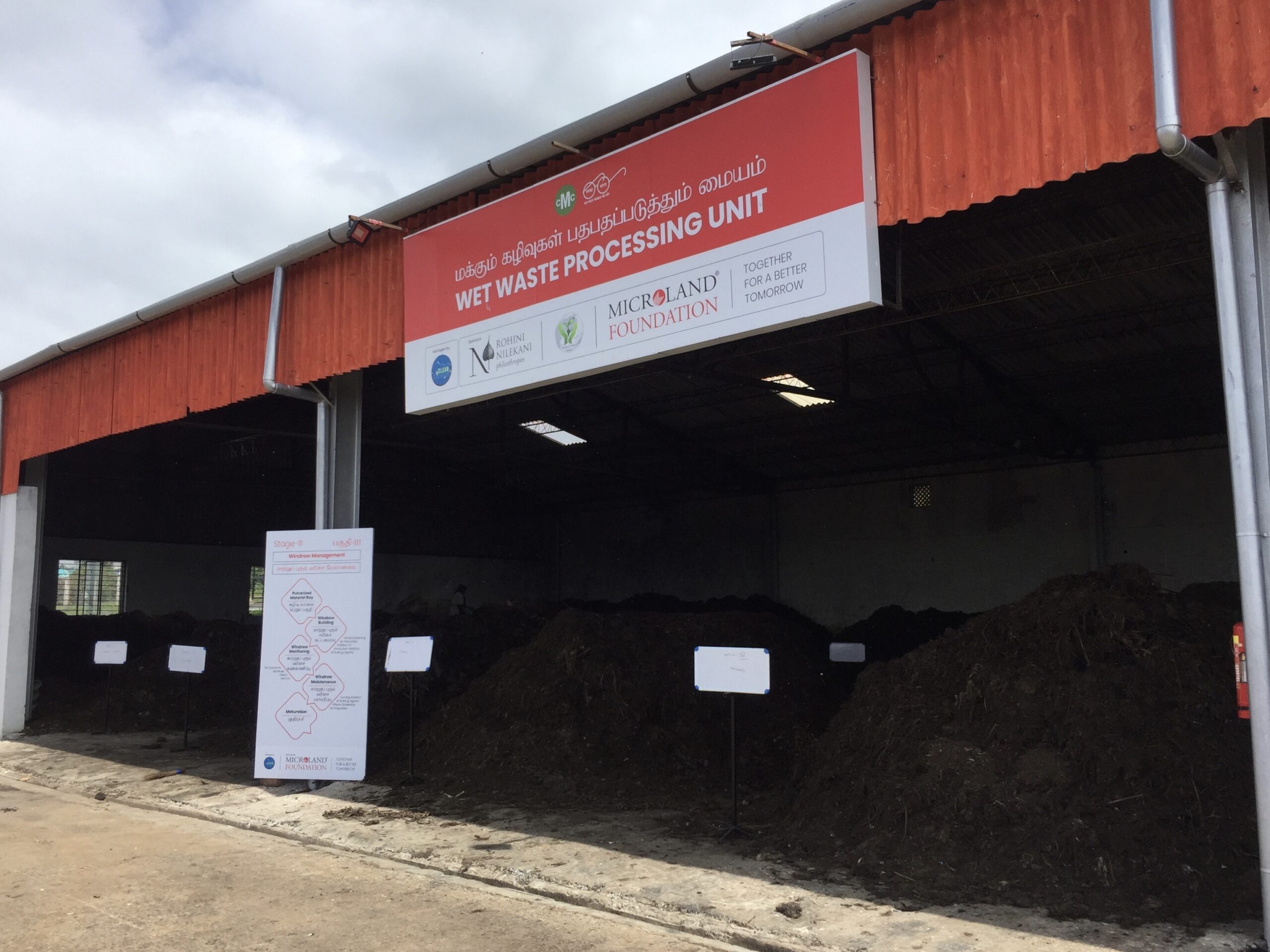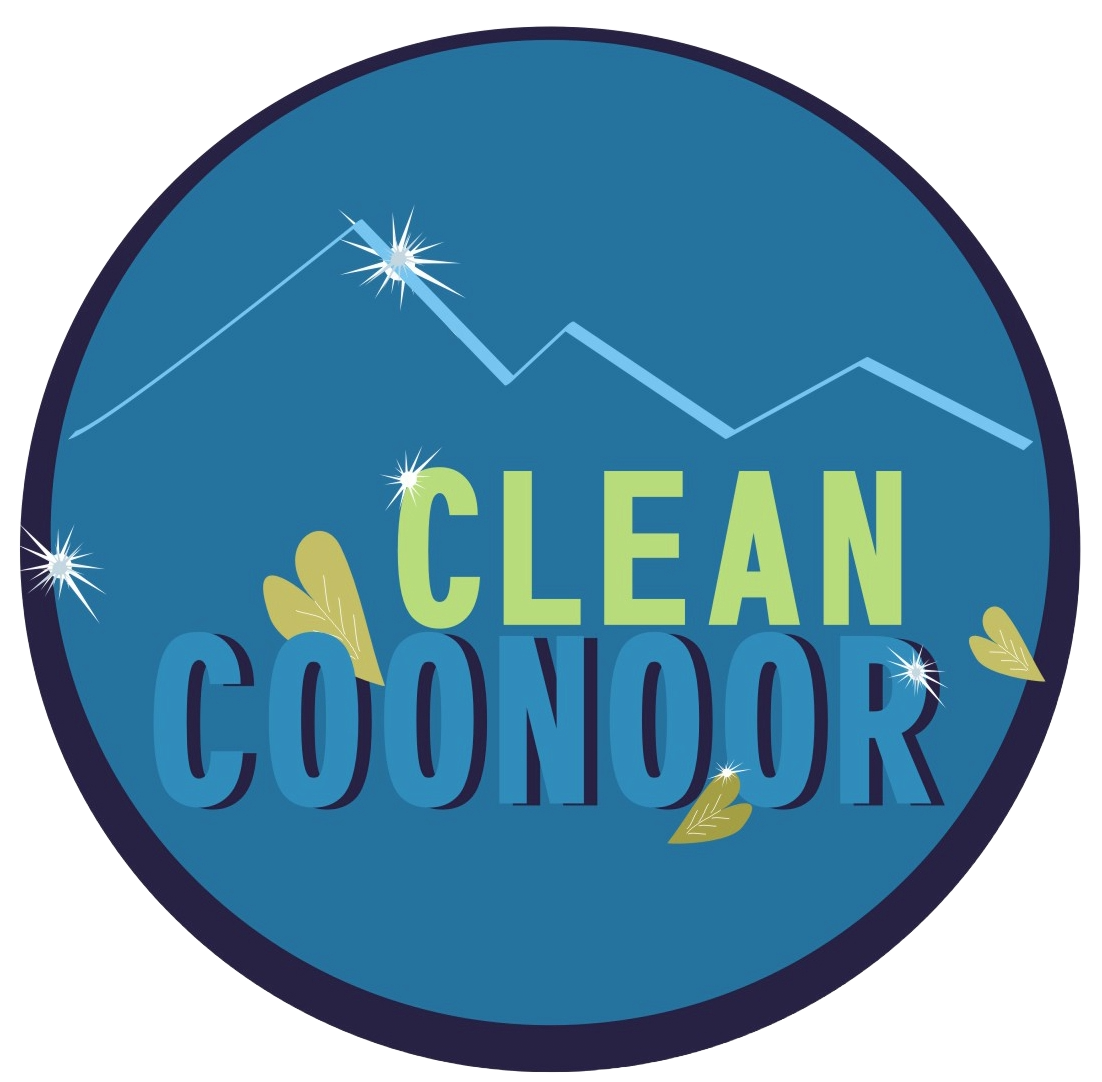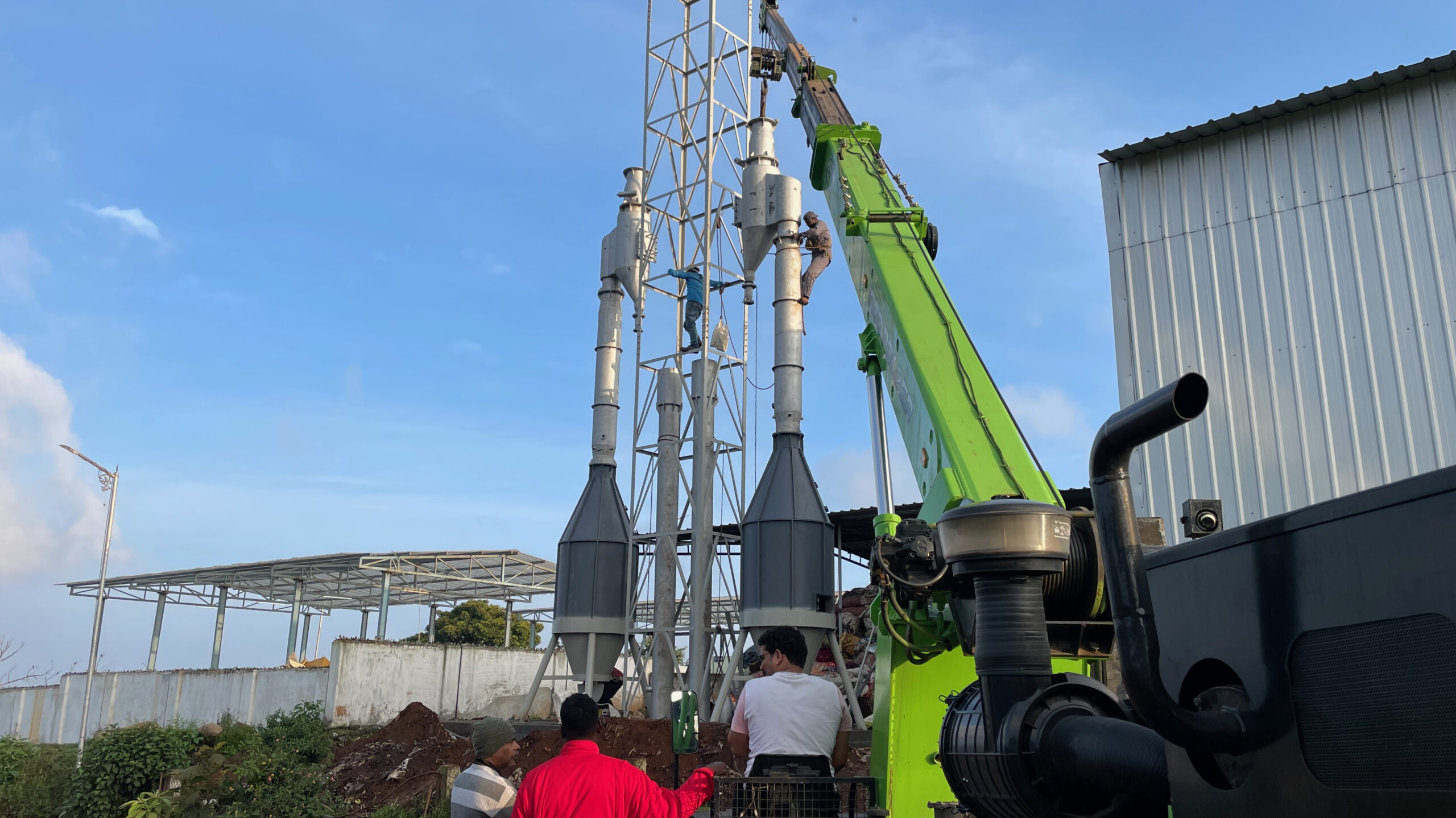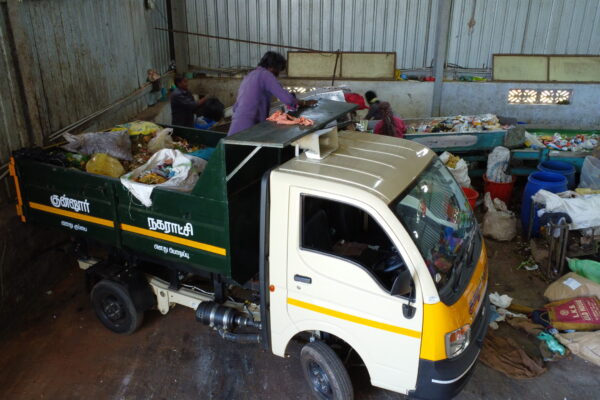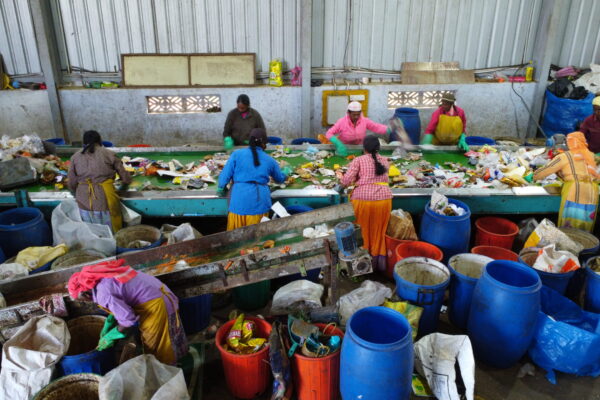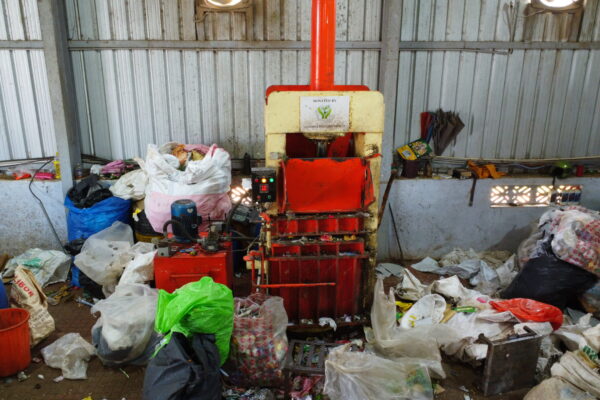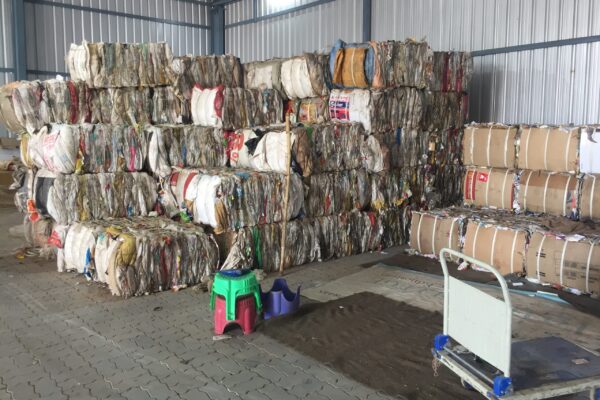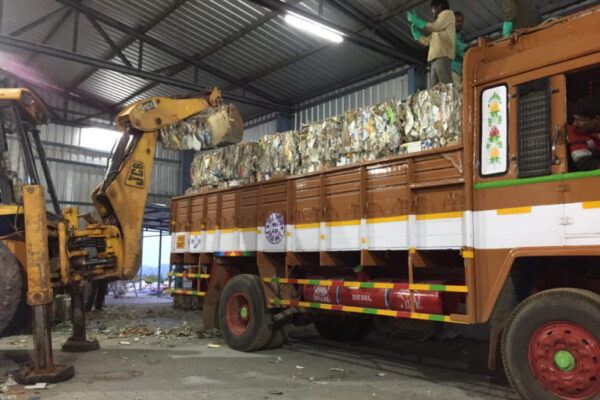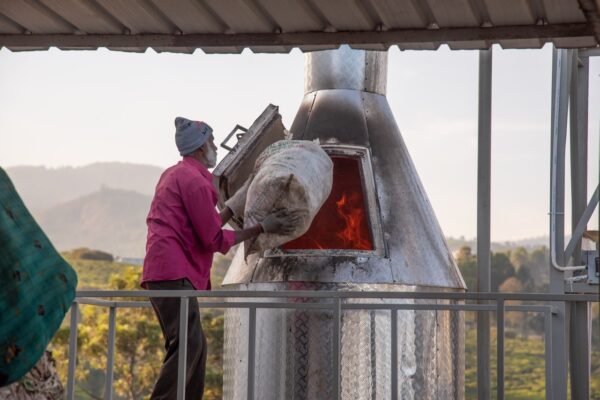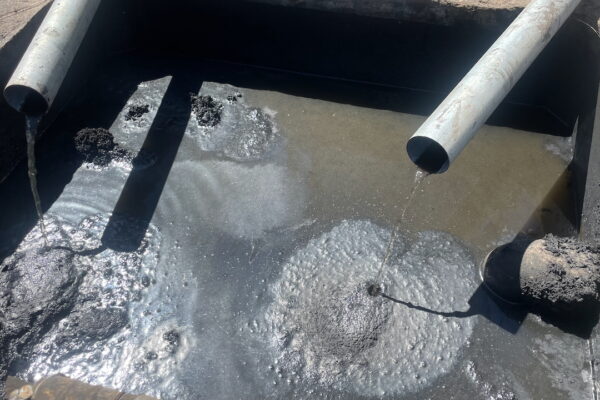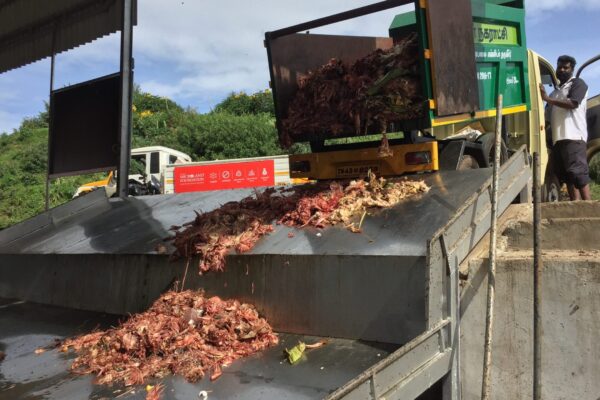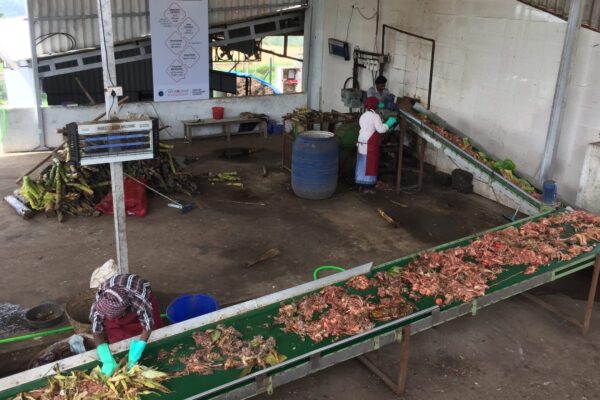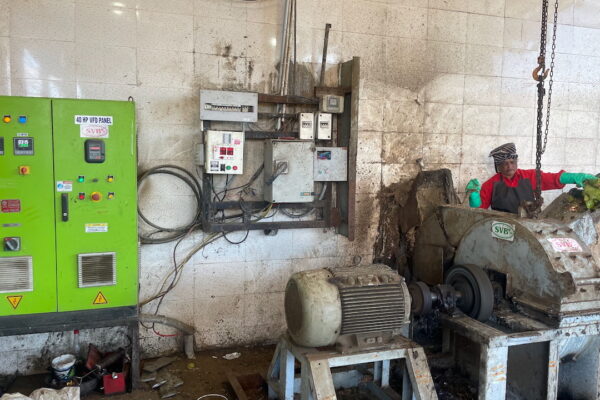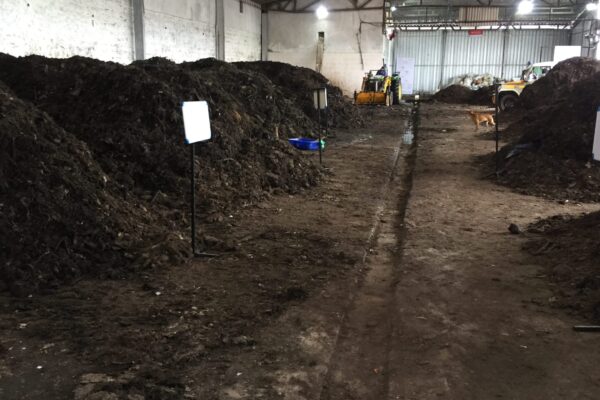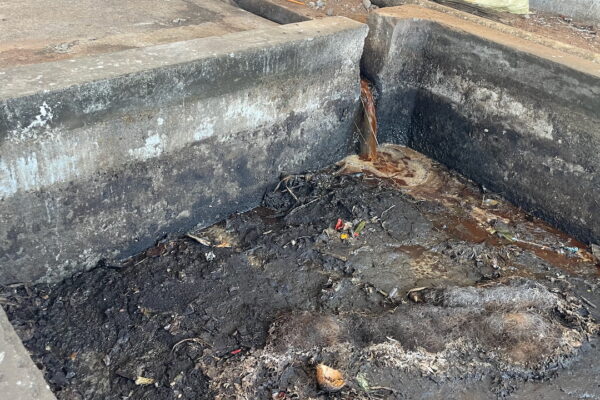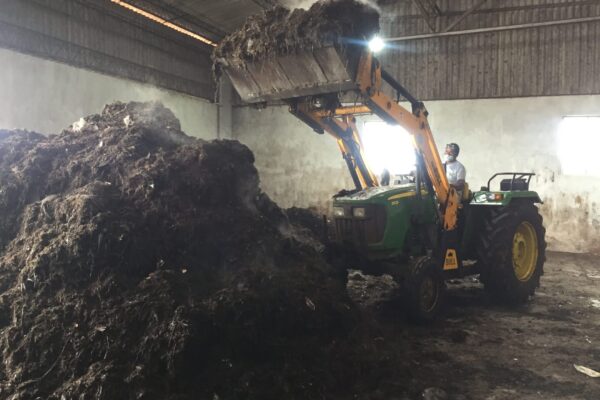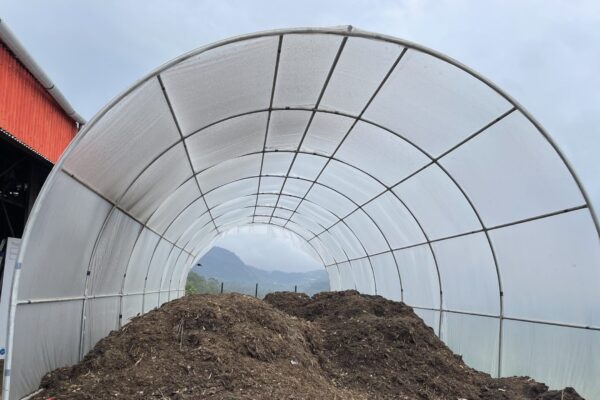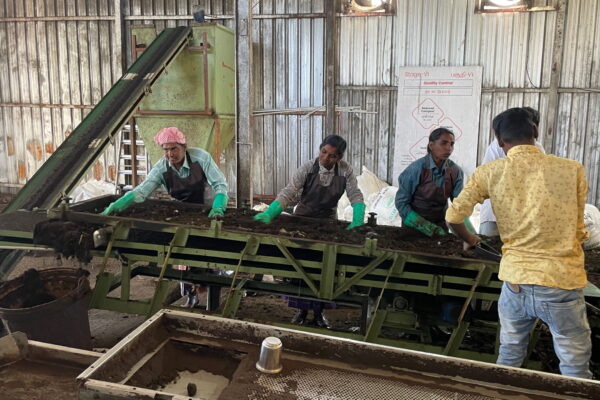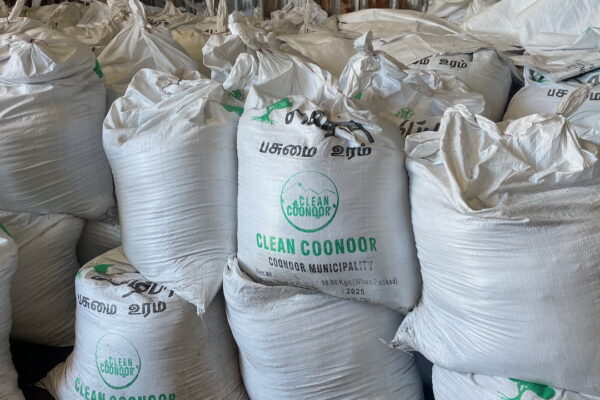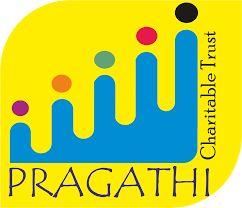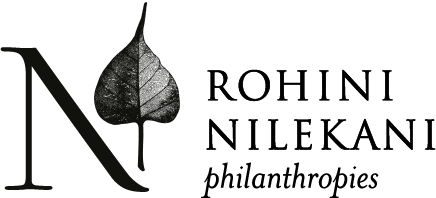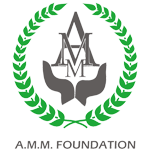Following the signing of a MoU wherein the Coonoor Municipality would be responsible for the collection and transport of the waste and Clean Coonoor for its disposal, both the organisation and the local body faced an uphill task as this hill town is plagued with hurdles such as topography, lack of adequate workforce, high transportation costs, and near absence of suitable markets for disposal of recyclables.
Through trail and error the efforts succeeded, and after a period of 4 years, a comprehensive waste management programme is now in place.
Leaving an indelible mark on the landscape of tomorrow.
The Time Line of Events
- Legacy Waste removed and landscaping done
- 2 TPD Resource Recovery Centre established and made functional from Oct 2019
- Handling Capacity of the Resource Recovery Centre increased to 5 TPD by the end of 2020
- 4 TPD Composting Unit established and made functional since Dec 2021
- Composting Unit upgraded to handle 8 TPD from March 2022
- All recyclable waste collected and transported to their respective facilities – non-recyclables disposed as per Pollution Control Board Norms
- The undertaking has presently evolved as a technically sustainable model which can be emulated in similar settings elsewhere in this district and in other hill towns.
The Resource Recovery Centre
Dry Waste collected here is re-sorted into recyclables and non recyclables, and dealt with accordingly. Designated Recyclables are either despatched to aggregators or recyclers, or to waste to energy plants, whereas non-recyclables are dealt within the premises as per Pollution Control Board Norms.
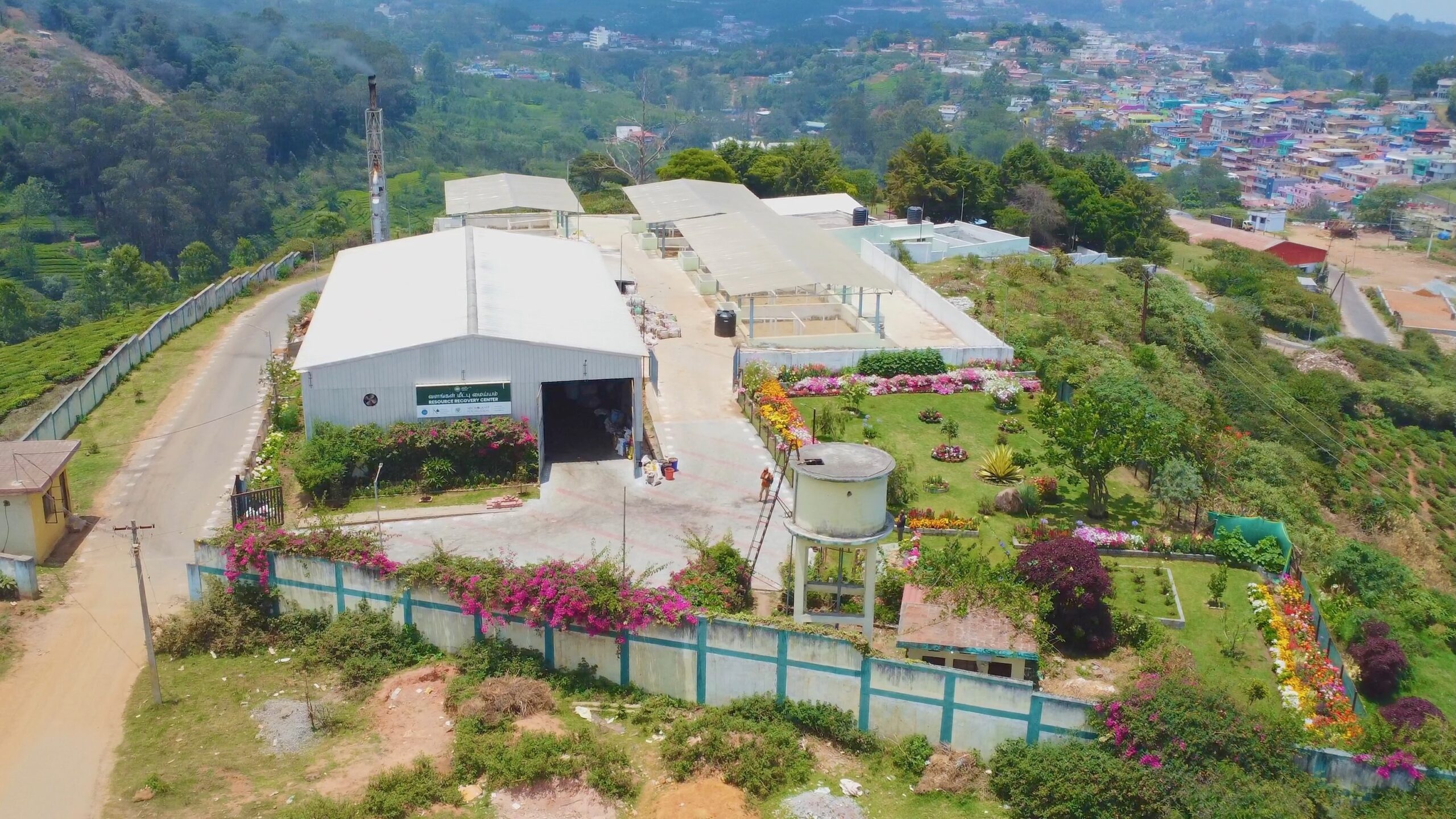
The Wet Waste Processing Unit
Butcher Residue, Fibrous Waste and Kitchen Leftovers are mixed in a ratio of 1:1:5-6 and then pulverised prior being heaped in windrows for composting. Once mature the composted material is sieved, bagged and sold chiefly to floriculturists and horticulturists at a nominal price.
